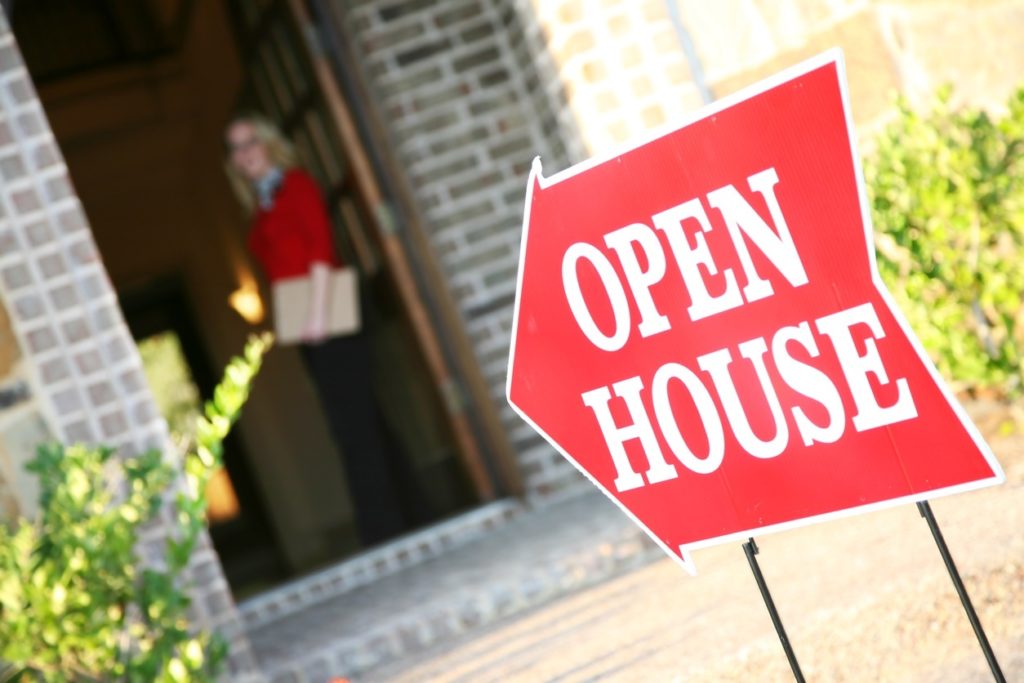How do you host the perfect open house? For mega agent Chris Suarez and his team at Xperience Real Estate in Portland, Oregon, it starts with the right mindset. Suarez has developed a tried-and-true method for open houses, the “Six Ps,” that has boosted his bottom line.
Chris Suarez and his team at Xperience Real Estate in Portland don’t hold spur-of-the-moment open houses. They just don’t make business sense.
Instead, they strategically choose properties, then spend a week preparing. Suarez has honed a process – the Six Ps – that helps agents enhance open houses. It’s also boosted his bottom line. Last year, 23 percent of his business, or $18.5 million in volume year-over-year, came from leads generated at opens. So, how do you host the perfect open house? It starts with the first “P” – psyche, or the right mindset, Suarez says.

“An open house must be executed properly to provide exceptional service to the seller client, to connect with kinesthetic buyers and get more eyeballs on the home,” Suarez says. “Ultimately as a proven strategy to build your database with people you have met.”
Suarez does the math to figure out how many opens his team needs to hold each year to generate their desired GCI. For instance, for the average sales price of $300,000, he’d need to sell 28 homes to get a $250,000 GCI. He knows that for every 12 people in his database, he’ll do two deals. That means he needs 168 people in his database. Figuring he’ll pick up two contacts at each open house, to get to 168, he needs to hold 84 open houses a year.
From there, Suarez focuses on the five remaining Ps: preparation, promotion, process, performance, and post-open.
Targeted preparations
Preparation starts with strategically picking properties with good traffic patterns, or easy access in and out of a neighborhood. “A lot of agents will just hop in to an open house,” Suarez says, “But we won’t do it if it doesn’t fit our targets. We have targets on specific neighborhoods based on parts of town, traffic patterns in and out of neighborhoods to maximize number of drive-bys and guests, average price point for the neighborhood, and neighborhoods with high owner occupieds, as well as a solid turnover ratio.”
Then, Suarez and his team build a digital folder for each property, which includes information on the active, pending, and sold properties in the area, a relevant economic report that agents can cite during the open house, and a lead sheet.
“We’ll bring the economic report up in conversation with visitors so we have something to offer them,” Suarez says. It’s information an agent can email on the spot, and in the process, they add another name to their database.
 A promotion schedule
A promotion schedule
Promotion starts a week out. For open houses held on Sunday, for example, Suarez and team start the process the prior Monday by selecting the properties. “We’re doing this daily,” he says. The week looks something like this:
Day 1 – Select properties
Day 2 – Post the open house online, to the MLS and third-party sites; send mailers to the closest 100 neighbors
Day 3 – Post online again; use inside sales agents to call neighbors to alert them to the open house; put up a sign in the property’s front yard
Day 4 – Email everyone in the database who lives in the same neighborhood as the open house; call or text people who previously saw the for-sale sign at the property and called for more information
Day 5 – Prepare the digital folder
Day 6 – Door-knock 25 houses around the open house; tell their network about the open house; post on social media
The right script
The fourth P, process, entails taking a step back to make sure you’ve gotten the first three Ps right. The fifth P, performance, is what agents say, and how, at the open house. “We show up with the idea that we’re exchanging value for contact information,” Suarez says.
Suarez has developed a specific script that gets results. He asks: “Are you out shopping for a home today, or do you happen to live in the neighborhood?” The answer reveals if the person is a buyer or seller. Then, he’ll offer to send potential buyers a digital flier on the home, and sellers a relevant economic report. “We don’t use print because we need to exchange value for data,” says Suarez. “I need to get to a yes.”
He’ll ask: ‘Would it be of value if, or, would you be offended if, I send you this information?’ “Very rarely will someone say ‘no thanks,’” Suarez says. “It’s just not comfortable. Using those two statements drives you toward the contact information.”
Following up
The sixth P, post-open, is what happens after everyone goes home and the door is locked. Suarez and his team immediately assign each lead to a specific campaign: immediate buyer, future buyer, immediate seller, or future seller.
In the four to five weeks following the open house, each lead receives eight “touches” – a phone call or a mailing – and then 33 touches after that. (Read more about the best language to use when following up in Suarez’s “Follow up Scripts”)
Open House Follow Up Scripts
“Everyone on my team really knows these six Ps,” Suarez says, “And we follow them. They’re specific activities, and they bring specific results.